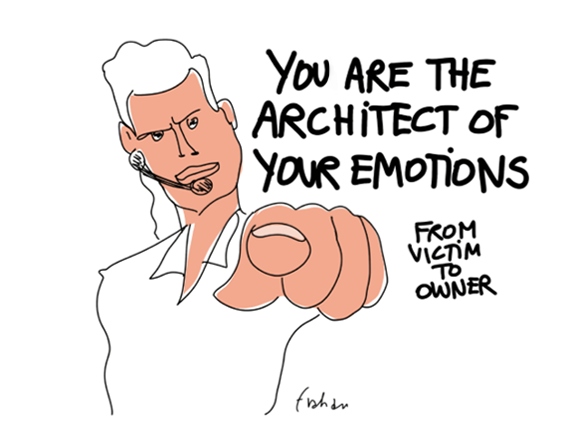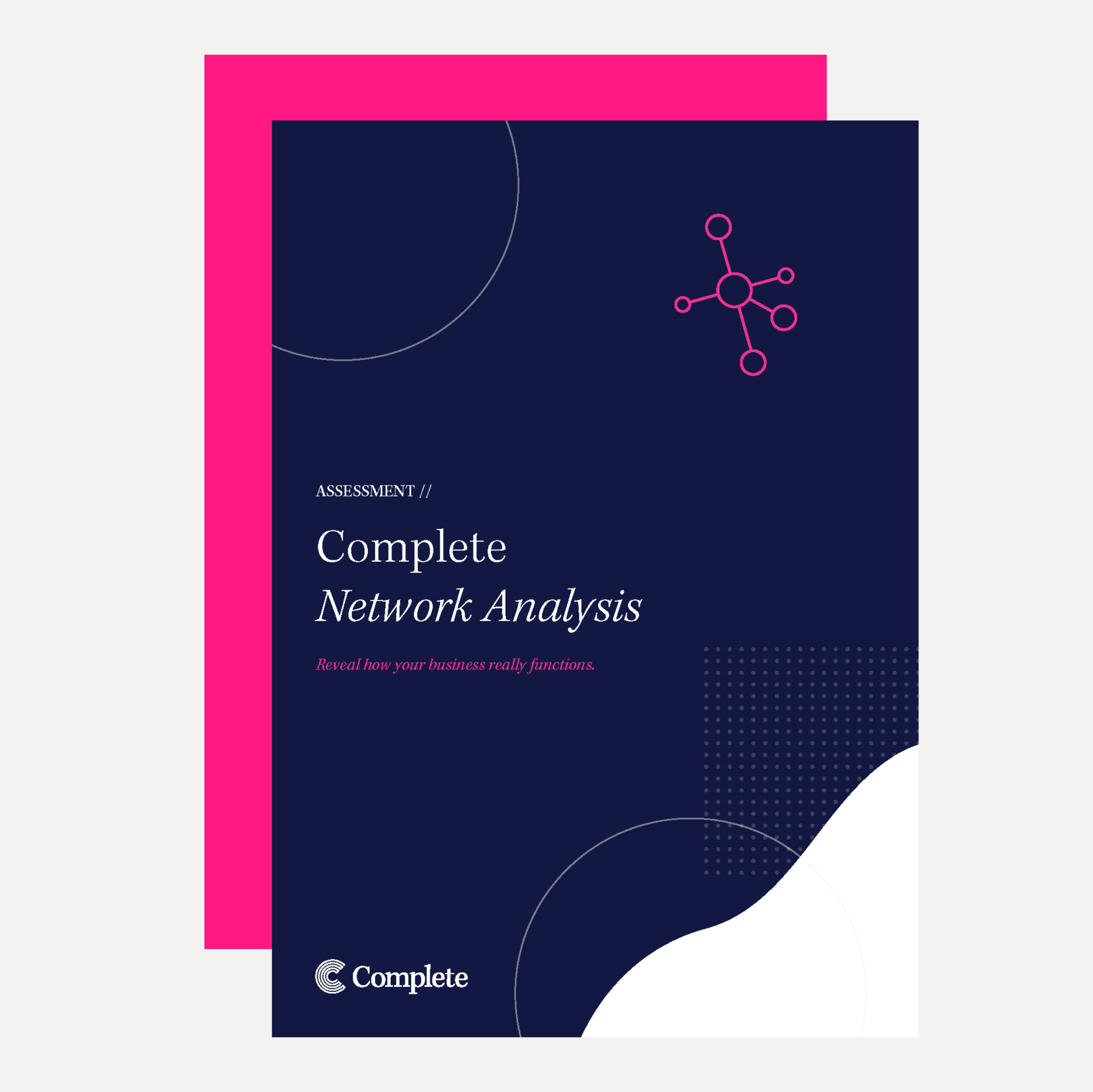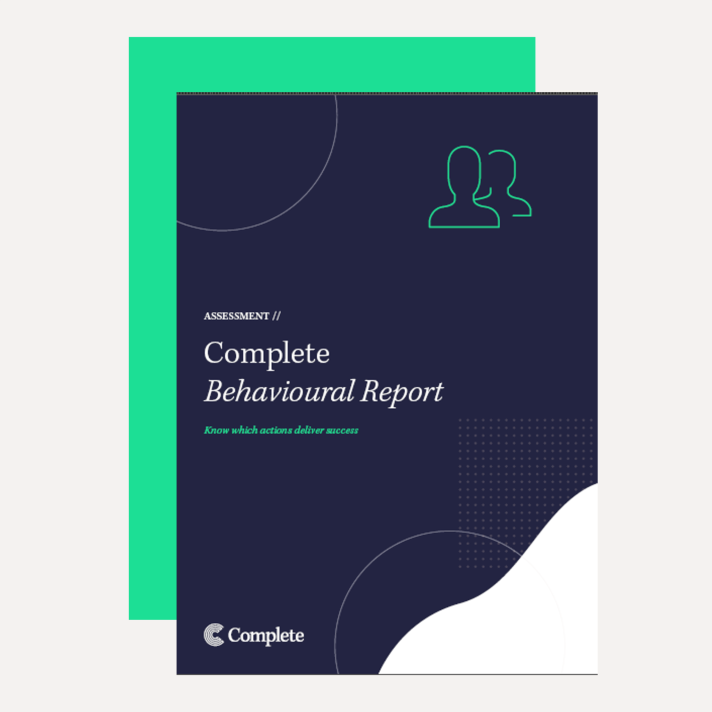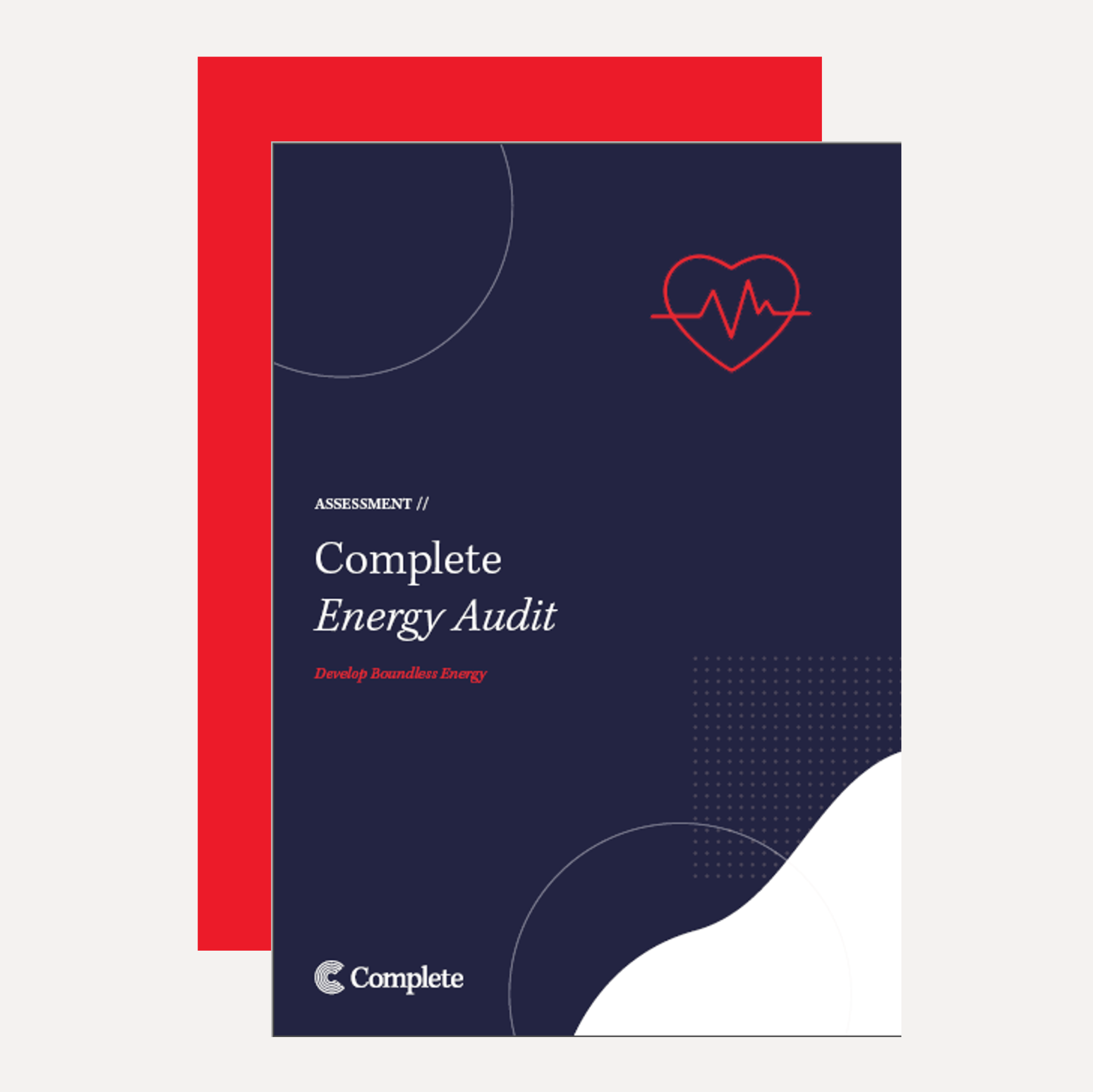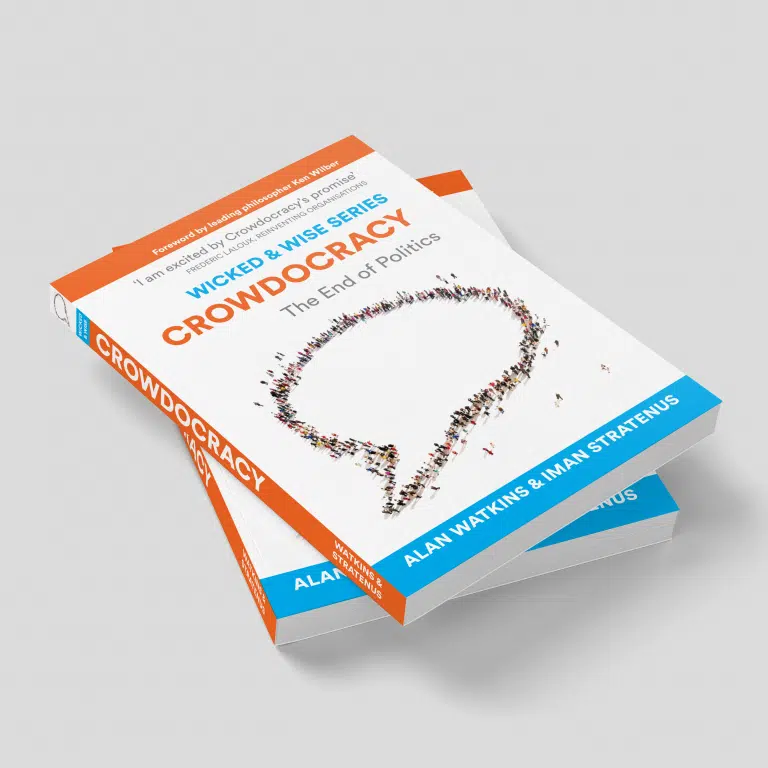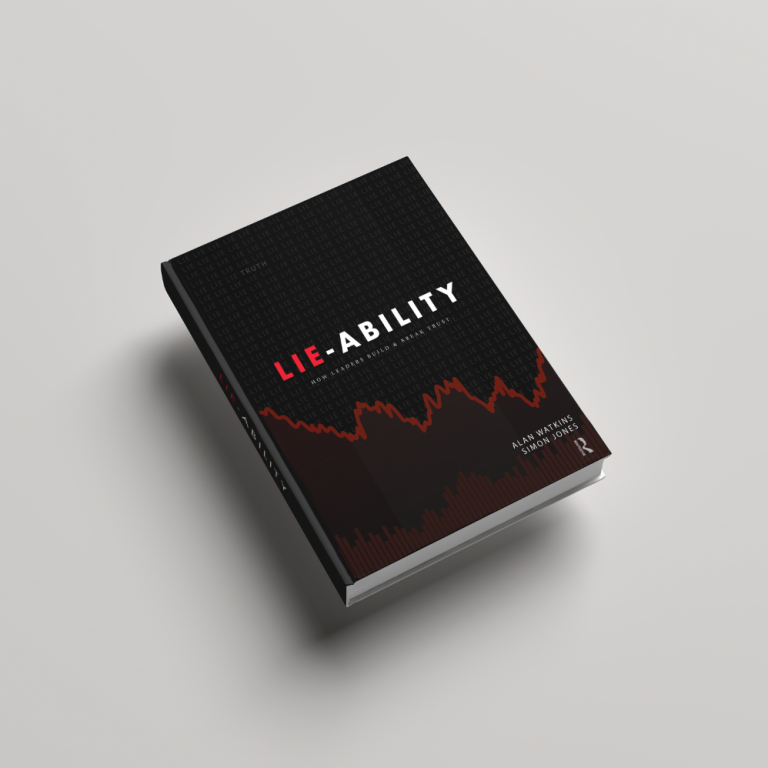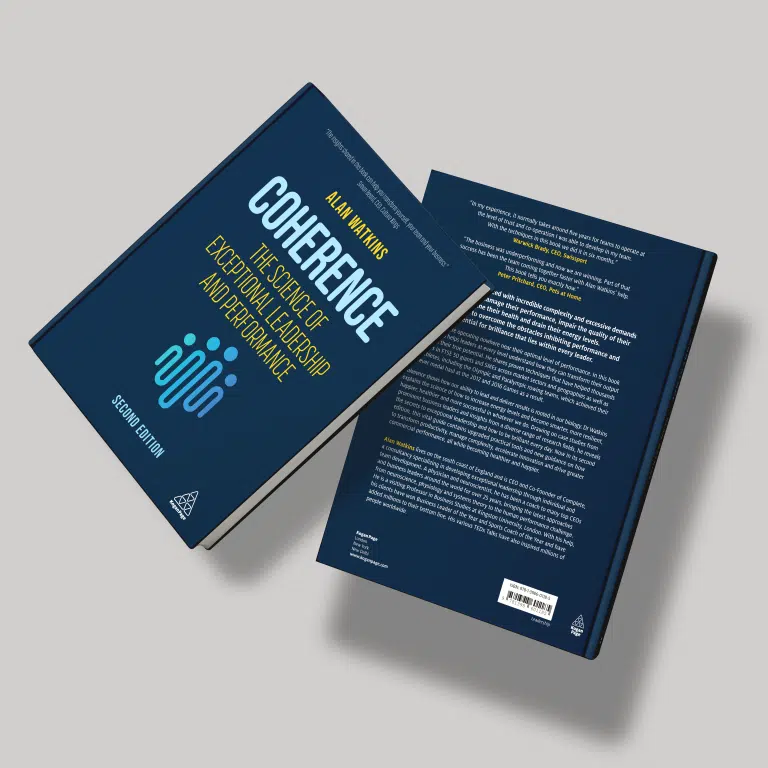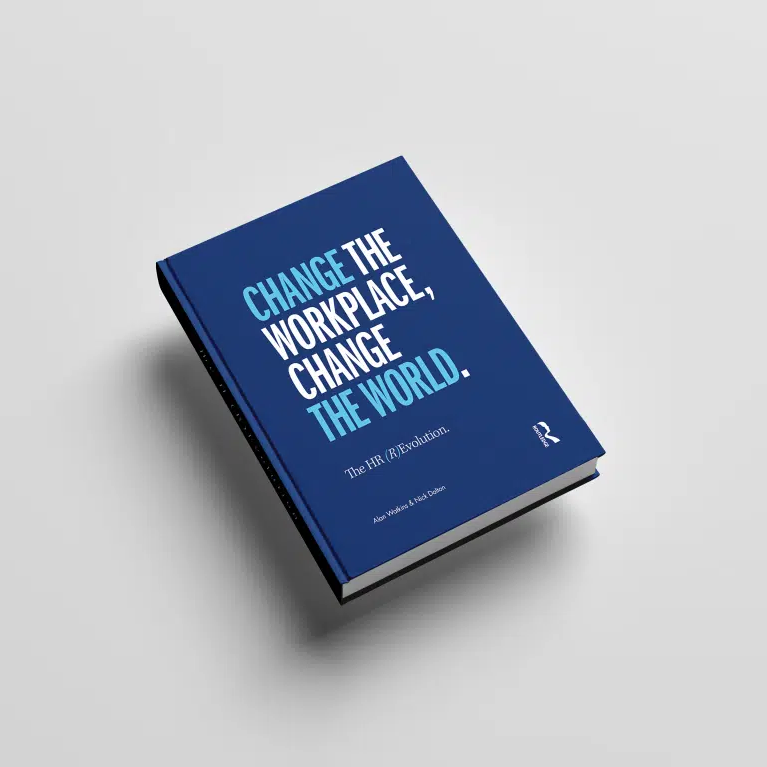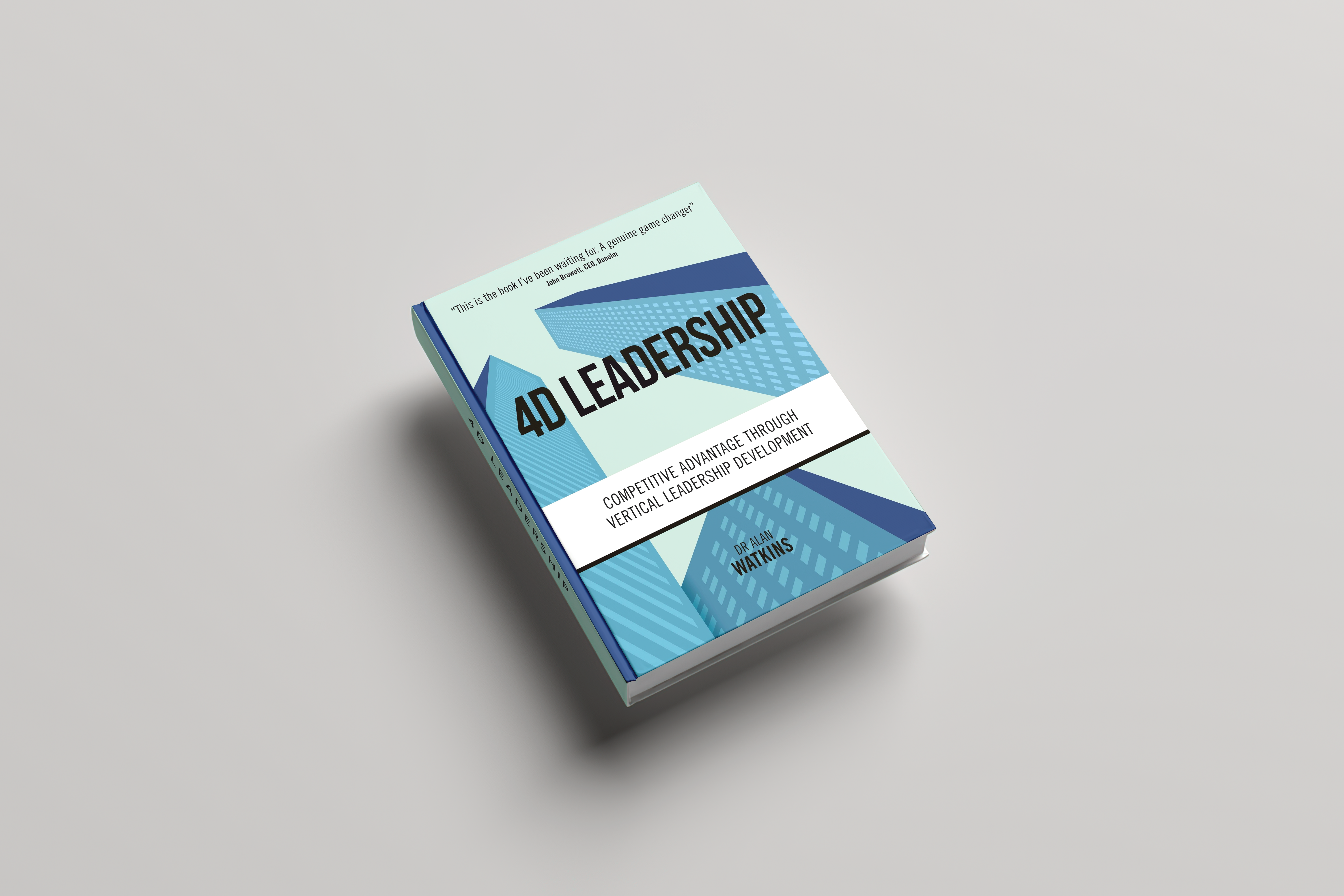A recently published meta-analysis of research into emotional intelligence (and its constituent traits) has revealed some concerning findings. Over the last 17 years, some traits of emotional intelligence have declined in the university students studied. What the researchers found is that while overall emotional intelligence has not decreased (or increased), the traits of well-being, self-control, and emotionality have decreased.
In this blog, I explore whether we should be concerned about this reduction and what, if anything can be done about it.
First let’s be clear about what these traits of emotional intelligence are.
Well-being relates to feelings across time based around achievements, self-regard, and expectations
Self-control is about regulating and having control over our emotions, impulses, and stress
Emotionality is our ability to perceive, express, and connect with emotions in ourselves and others. Emotionality is important in creating successful interpersonal relationships
Reductions in these traits among young people is a concern – particularly the traits of self-control and emotionality. That’s because these traits are directly related to our energy levels and even our physical health.
While the researchers hypothesised about links between the growth in social media and reductions in these traits, there are steps we can take, other than ditching the smart phones, to improve these emotional intelligence traits. Let’s look specifically at self-control and emotionality.
Improving our emotional self-control

Iceberg Diagram
Why do we want self-control? It begins with us wanting to get a good result. That could be work related, on the sports field, or at school. But to be able to control the result, we need to be able to control how we behave. That much may be obvious, but how we behave is actually driven by how we think (see the Iceberg diagram).
Changing how we think – the focus of cognitive behavioural therapy – can be challenging. No amount of ‘don’t worry’ is going to change anything if you are fearful of presenting at the Board tomorrow. What drives our thoughts are our feelings. In fact, feelings also drive thoughts – one affects the other, but feelings can be a stronger driver than thoughts than vice versa.
If you feel anxious, you will think very different thoughts than if you are confident. Driving feelings are emotions which are just energy in motion. They are patterns of physiological data – sweaty palms, tense shoulders, swirling stomach, dry throat, for example. These are all the physiological manifestations of anxiety.
And lastly driving everything in our integrated system is fundamentally linked to our physiology – the biological data that comes from all of the organs in our bodies 24/7.
So, now starting at the bottom of our iceberg … To get control of our emotions, our feelings, what we think, what we do and the results we achieve, we must get control of our physiology. The quickest and most effective way to do this is to breathe, rhythmically, evenly (smoothly) and through your heart every day. To help you, we’ve created an app – try it out.
Improving our emotionality
Values are a great lens through which to both understand and improve our emotionality trait. There are eight values lenses – each associated with a colour – that cover pretty much everyone on the planet.

Values Spiral Model
Values are how we make sense of the world. Our dominant colour (or colours) suggests how we perceive, express, and connect with emotions in ourselves and others. All of which are hugely influential in creating successful interpersonal relationships.
Those whose dominant colour is green for example, tend to want to include everyone and make people feel welcome. They tend to have relatively high EQ – emotional intelligence. People who are more blue can be so focussed on getting the process ‘right’ that they may not allow their true self to connect with others in a meaningful way. A highly dominant red leader may be so narcissistic that they don’t even acknowledge others have emotions! Someone dominant in turquoise can be quite sophisticated in their ability to perceive, express and connect in a way that creates interpersonal harmony from chaos.
Whatever our dominant value colour, they are not fixed and can be developed. They are situational which means that we may respond one way when doing our job and another way when with our family.
The quickest way to find out what value you have as a centre of gravity is to take the Complete Values Profile – or take a look at this values guide and assess where you might be.
For those who are very keen, we have a certification programme to be able to interpret values profiles for others.

